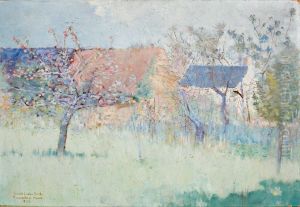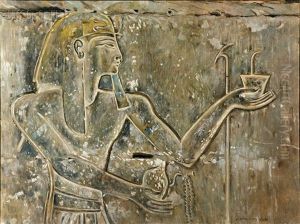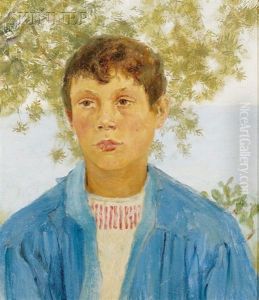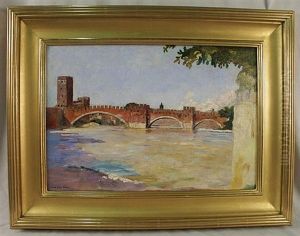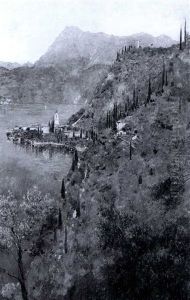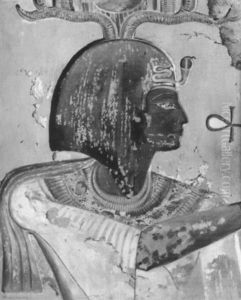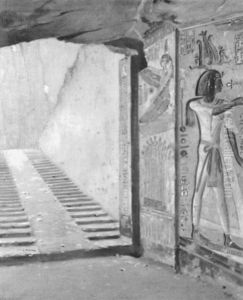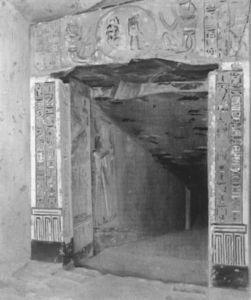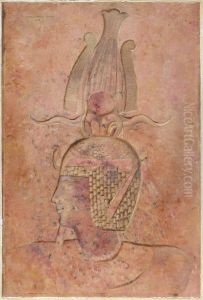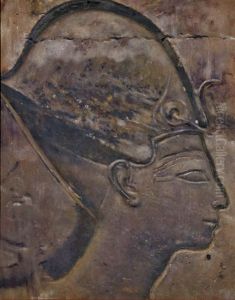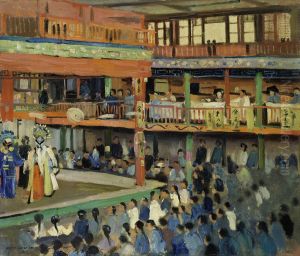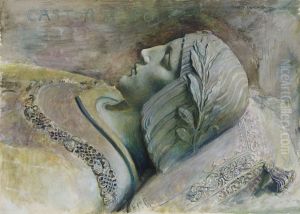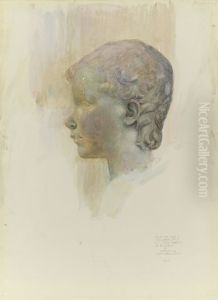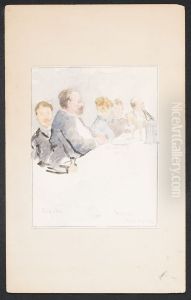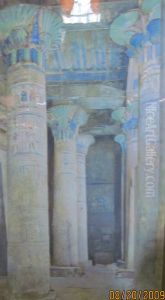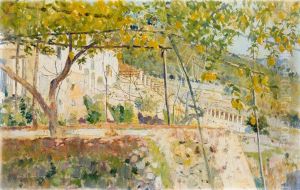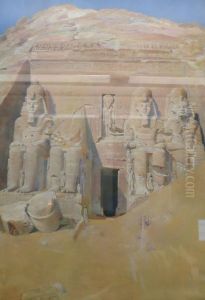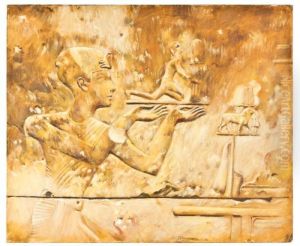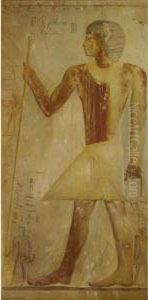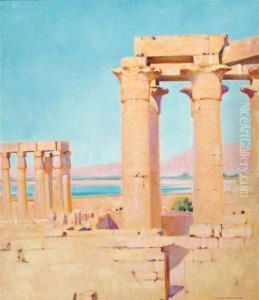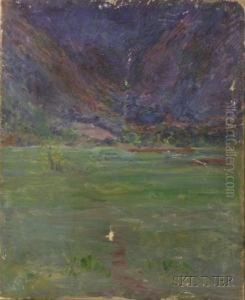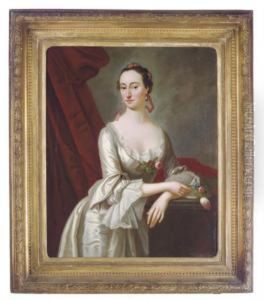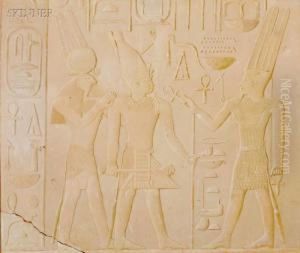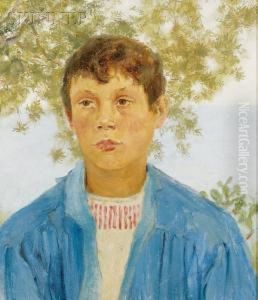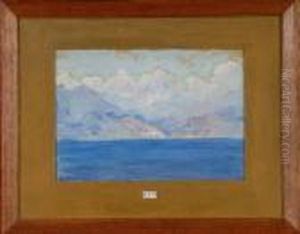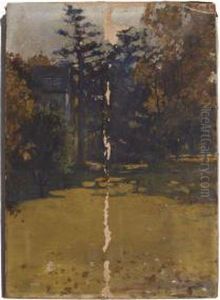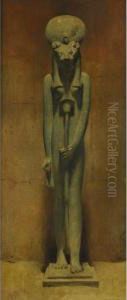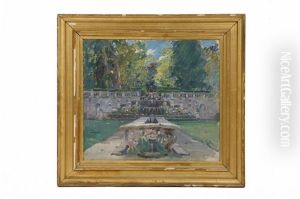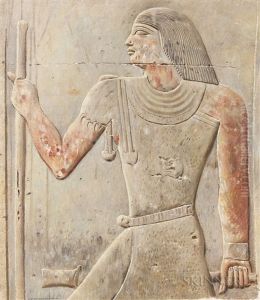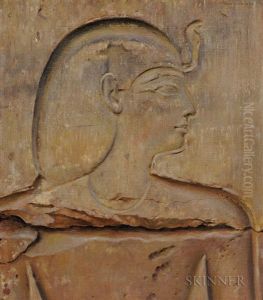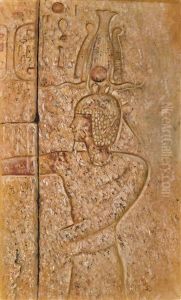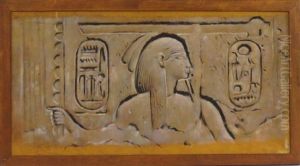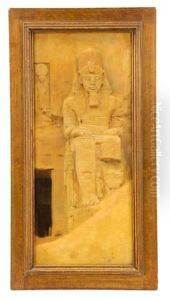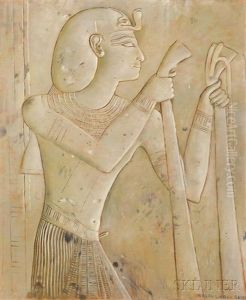Joseph Lindon Smith Paintings
Joseph Lindon Smith was an American painter born on October 11, 1863, in Pawtucket, Rhode Island. He was known for his detailed re-creations of scenes from ancient history, particularly Egyptian art and artifacts. Smith developed an interest in art at an early age and pursued his education at the School of the Museum of Fine Arts, Boston, and later in Paris at the Académie Julian.
During his early career, Smith focused on portrait painting and the creation of historical scenes. However, his artistic direction took a significant turn after he traveled to Egypt in 1898-1899. Captivated by the ancient culture and its artistic legacy, Smith began to specialize in painting precise replicas of Egyptian tomb paintings and hieroglyphics, which were highly sought after by museums and collectors who desired to preserve and display these ancient artworks.
Smith's work was not limited to Egyptian themes; he also painted scenes from other ancient civilizations and created decorative works for various public buildings in the United States. Despite the wide range of his work, it was his Egyptian paintings that earned him the most acclaim. His dedication to accuracy in the replication of ancient art was so intense that he often worked on site in Egypt. Over the years, Smith made numerous trips to Egypt, where he worked closely with archaeologists, including the famed Howard Carter during the discovery of the tomb of Tutankhamun in 1922.
In addition to his painting, Smith was also involved in philanthropy and arts advocacy. He and his wife, Corinna Haven Smith, were known for their generous support of the arts and education. They established the 'Corinna Haven Smith Trust' to support the Hood Museum of Art at Dartmouth College.
Joseph Lindon Smith's commitment to preserving and celebrating ancient art continued throughout his life. He was a charismatic figure with a passion for teaching and sharing his knowledge, which he did through lectures and writings. His work is held in various collections and has been exhibited in numerous institutions.
Smith's contributions to the field of art history and preservation have been recognized posthumously. He passed away on March 19, 1950, in Dublin, New Hampshire, leaving behind a legacy that bridges the past to the present through his meticulous reproductions and his dedication to the arts.
